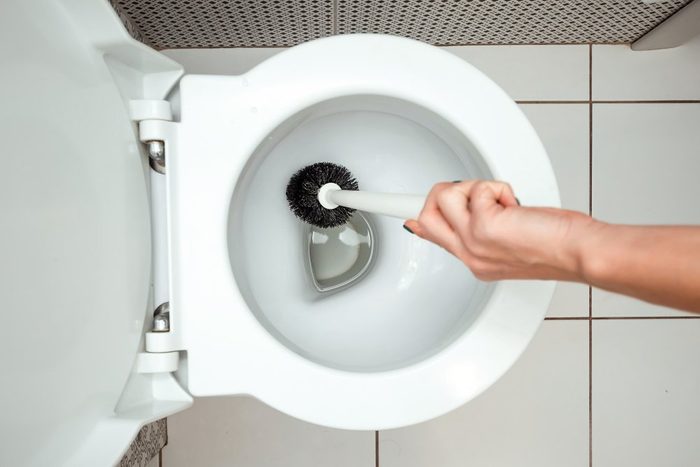
Toilet
Don’t be fooled into thinking that all-purpose cleaners can truly do every type of cleaning job. There’s a reason brands sell bathroom—and toilet—specific cleaners. Depending on the brand, a multi-purpose product might not have the germ-killing power you need in a place like the toilet. “The bathroom is one of the high-traffic, high-germ areas, so you really need a disinfectant,” says Katie Burkey, owner of Molly Maid of Mahoning/Trumbull counties in Ohio. She recommends finding a disinfecting product designed for the job. Watch out for these other mistakes you’ve been making while cleaning the bathroom.
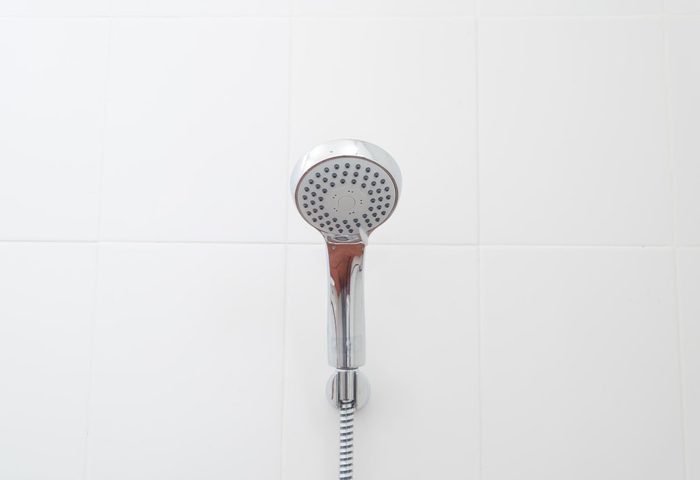
Shower or tub
Sometimes, you’ll need to bring in the big guns instead of relying on your day-to-day products. “Multi-purpose or all-purpose cleaner is for maintenance cleaning,” says Merry Maids cleaning expert Debra Johnson. “Sometimes bathrooms require a stronger cleaner [because] hard water or even dampness in the bathroom can cause mildew.” To combat mold, soap scum, and the germs, you’ll need bleach or a bathroom—or mold—specific cleaner. Plus: Check out the cleaning myths you’ve probably believed for way too long.
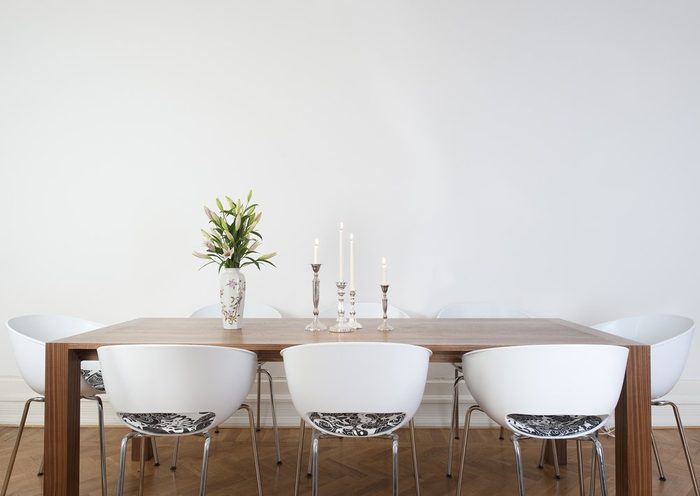
Wood
Spritzing a multi-purpose cleaner on your kitchen or dinner table might seem like a good idea, but it could actually cause damage. Unfinished wood is porous, meaning the cleaner could seep in if it isn’t specially designed for the surface. “Using products on wood leaves behind residue that creates a film over the wood that will continue to build up over time,” says Johnson. For wood furniture like shelves and coffee tables, she recommends staying on the safe side by dry-dusting instead. Even wood polish can leave behind residue that attracts more dust, adds Burkey.
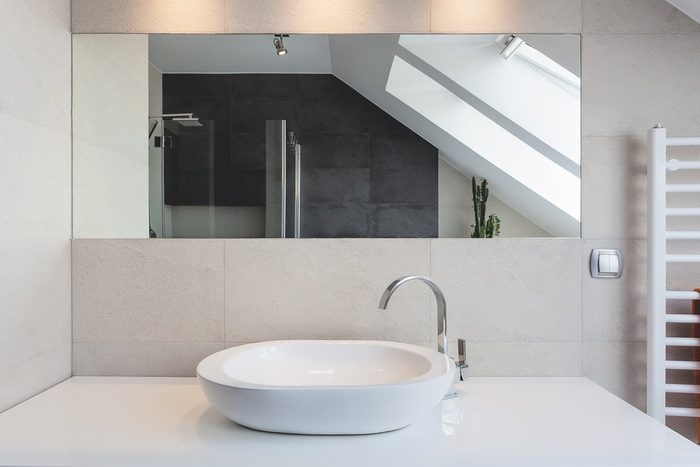
Mirrors
When you’re trying to scuff off toothpaste specks without leaving streaks, multi-purpose cleaner isn’t the right tool for the job. “If you’re putting a lot of chemical onto a mirror, it can create a film which makes it more difficult to clean it on a regular basis,” says Burkey. For a streak-free shine, she recommends washing with a bucket of warm water mixed with a couple of drops of dish soap.
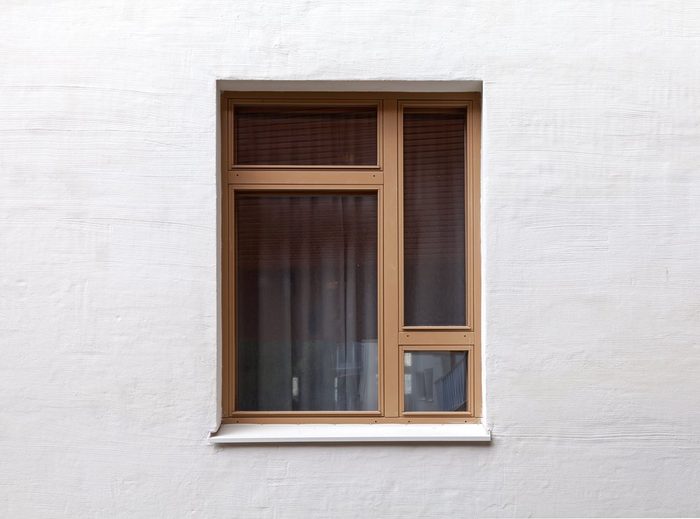
Windows
For the same reason that you shouldn’t use multi-purpose cleaner on mirrors, you should avoid it on windows too. Skip the multi-purpose cleaner and reach for a glass cleaner instead, suggests Johnson. “Other cleaners may contain types of oil that would cause streaking when the glass is cleaned,” she says.
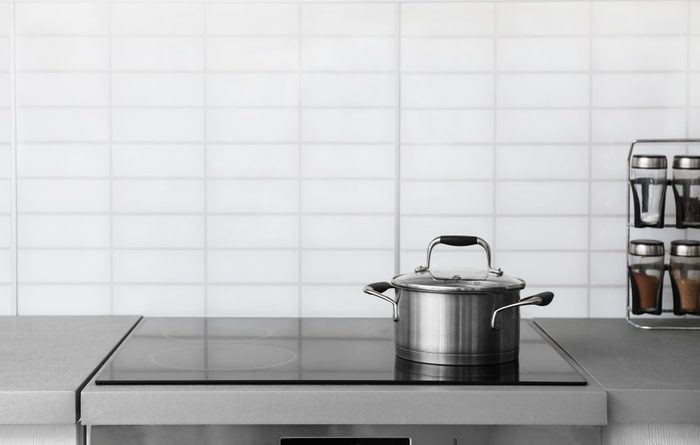
A hot stovetop
Don’t get too eager to clean after you’re done cooking. If the surface is still hot, you of course risk burning your hand, but you also risk burning the cleaning product. Not only could that damage the surface of your stove, but the steamy temperatures could also send chemicals into the air and trigger allergies, says Dmitri Kara of Fantastic Cleaners (UK).
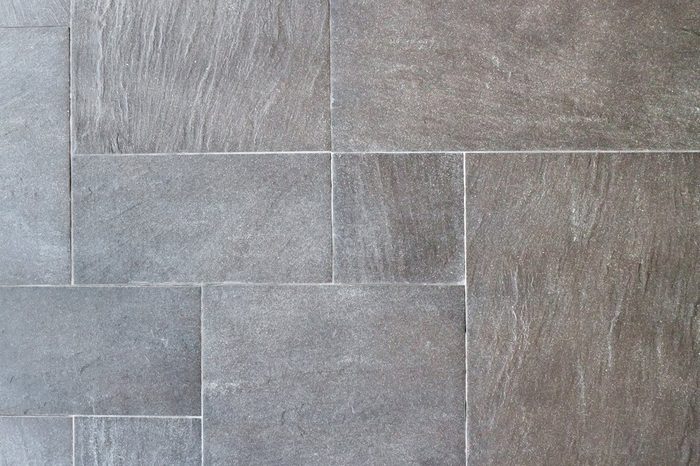
Stone surfaces
There’s a bit of a double-edged misconception about stone surfaces, says Johnson. Pure stone is porous (and most multi-cleaners shouldn’t be used on porous surfaces), but most surfaces like marble and granite countertops have been treated to keep moisture out. That’s not the end of the story though. “Over time, the seal wears off, allowing moisture to seep in,” says Johnson. Multi-purpose cleaners fall under that “moisture” category, so they could leave a stain, or leave etching or pitting in stone, she says. Make sure you’re using a cleaner designed for stone to keep those surfaces looking good as new.
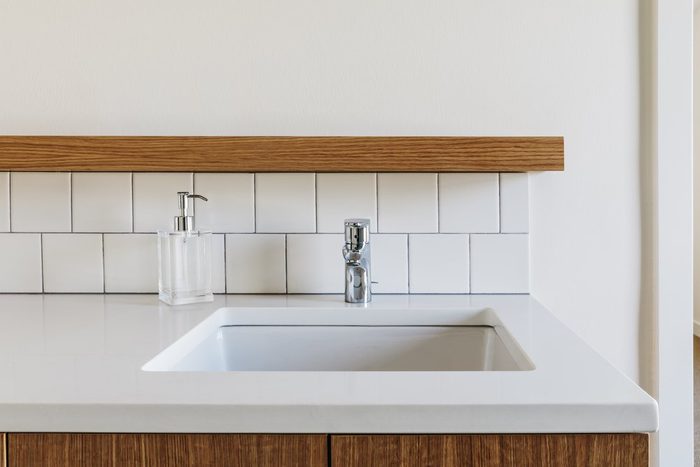
Countertops
No matter what material your counter is made of, Burkey says you’ll need to make sure you aren’t relying on a multi-purpose cleaner that doesn’t have disinfectant. “There’s a lot of cooking, and especially if you’re cooking with raw meats, you want to make sure there’s a disinfectant down,” she says. She recommends either Clorox wipes—which are nonabrasive but might damage certain surfaces—or doing a wipe-down with a solution of warm water and dish soap.
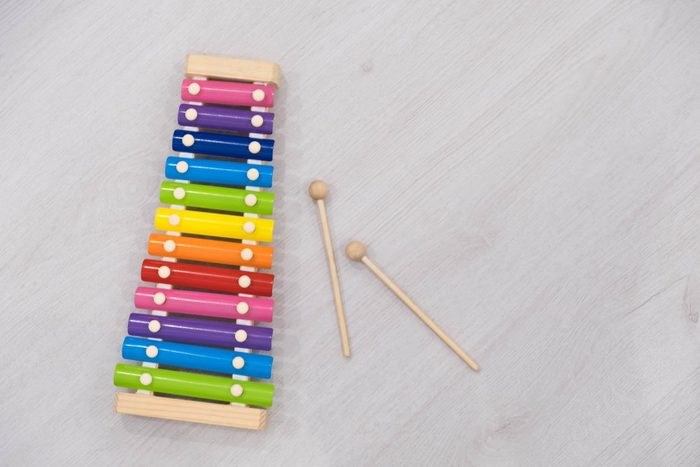
Toys
Little kids can’t resist popping items in their mouths and leaving drool on their toys—all the more reason to clean them often, but also a good reason to avoid chemical cleaning products, says Kara. There’s some debate among activists as to whether chemical cleaners would be unsafe in such small amounts but skipping them on objects that could end up in your kid’s mouth is always a safe bet. Fisher-Price recommends sticking plastic toys in the silverware holder of your dishwasher—where the chemical cleaners are designed for items that go in your mouth—then allowing them to dry before handing them back to your little one.
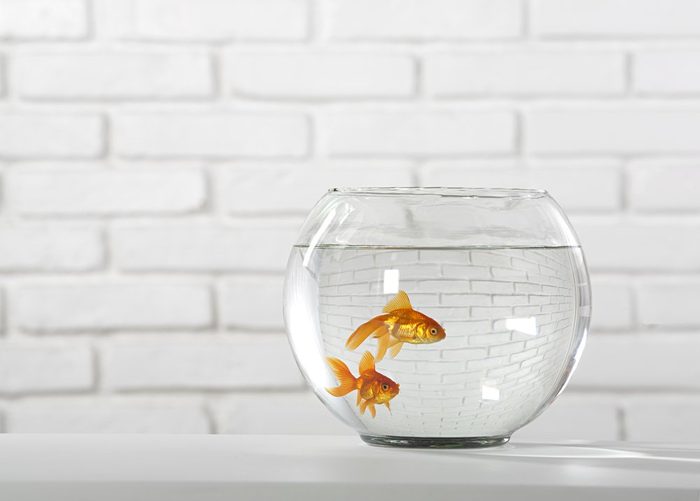
Pet bowls and aquariums
Just like you wouldn’t want to leave chemicals on kids’ toys, you might not want them sitting in your dog’s water bowl or your fish’s aquarium, where your pets could ingest them, either. If you are using chemicals on pet products, there’s one step you shouldn’t miss. “Most complications could be avoided if people would only wipe surfaces a second time with a wet, damp cloth to swill the hazardous compounds,” says Kara. “Unfortunately, nobody does that.”
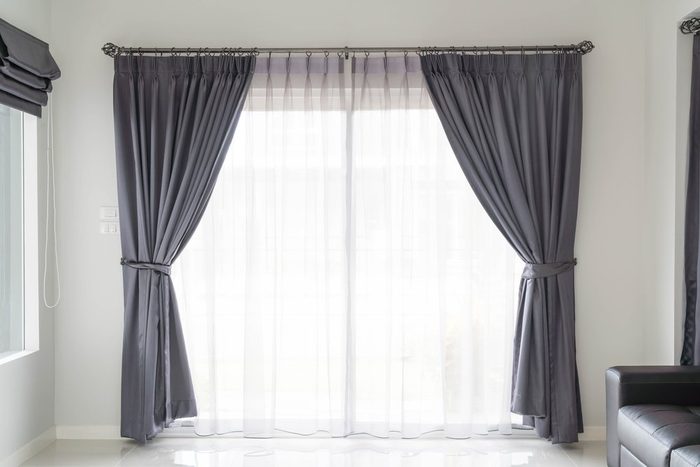
Fabric
All-purpose cleaners are great for non-porous materials but using them on rugs and upholstery is a no-no, says Stewart Girardin, founder of The Best Carpet Cleaning Guide. “You wouldn’t want it to soak in the fabric in the long term,” he says. If you need to spot-clean a stain, use one that’s fabric-specific, and test it on a non-obvious spot first before attacking the mess.
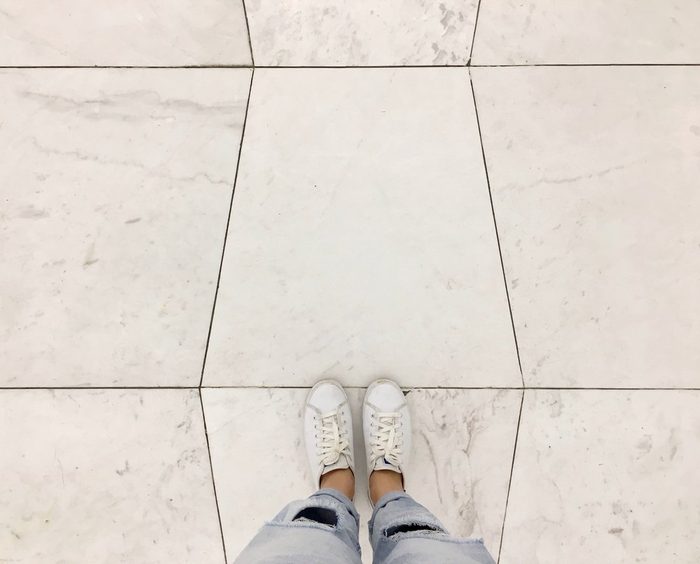
Tile floors
It might seem like tile falls into that “non-porous” recommendation on the cleaning product’s label, but that’s not totally true. “Most are grouted in between,” says Burkey. “Even if the ceramic tile itself has a coating on top, the grout can be very porous.” She recommends using a disinfecting bathroom cleaner, wiping down instead of pouring straight onto the grout. Keep the bathroom well ventilated to help it dry and prevent mildew. And if you’ve been thinking of swapping out store-bought cleaners for DIY, make sure you know which things you should never clean with vinegar.